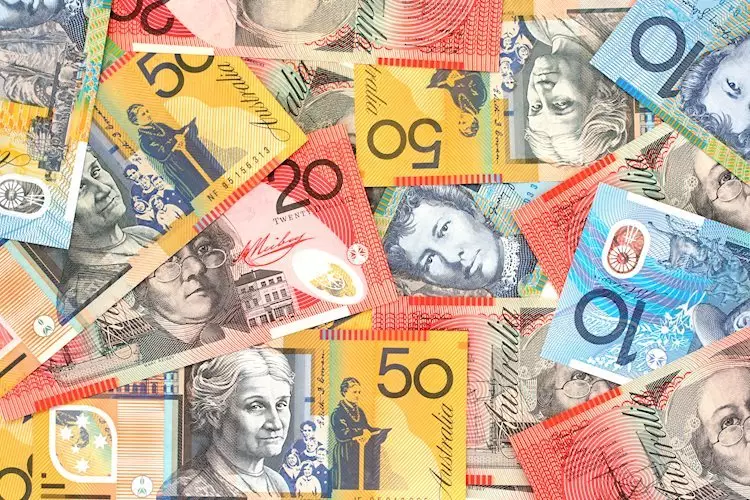The Australian Dollar managed to hold its ground after China’s PMI data was released on Friday. The data showed a decline in both the Manufacturing Purchasing Managers Index (PMI) and the Non-Manufacturing PMI in May. This unexpected drop could have a significant impact on the AUD in the coming days.
Despite the disappointing PMI figures from China, the Australian Dollar could appreciate due to the hawkish sentiment surrounding the Reserve Bank of Australia (RBA) potentially hiking rates. There has been increased speculation about the RBA considering a rate hike in the near future, which could boost the AUD further.
Interestingly, the US Dollar managed to rebound despite lower US Treasury yields ahead of the Core Personal Consumption Expenditure (PCE) data release. This resilience in the USD could potentially impact the AUD/USD currency pair and influence trading patterns.
Looking at other economic indicators, Australia’s Private Capital Expenditure increased by 1.0% in Q1, exceeding expectations and surpassing the previous quarter’s growth. Additionally, Australia’s Monthly Consumer Price Index rose 3.6% year-over-year in April, outperforming expectations. These positive economic indicators could contribute to the strength of the Australian Dollar.
Comments from central bank officials, such as RBA Assistant Governor Sarah Hunter and Atlanta Fed President Raphael Bostic, have shed light on inflationary pressures and the uncertainty surrounding reaching target inflation rates. These concerns could impact the monetary policy decisions of both central banks and subsequently influence currency exchange rates.
On a technical level, the AUD/USD pair shows a bullish bias based on the daily chart analysis. The Relative Strength Index (RSI) indicates a bullish sentiment, with potential targets at 0.6700 and 0.6714. However, there are immediate support levels at 0.6600 and 0.6588, which could be tested if the AUD weakens.
The performance of the Australian Dollar against major currencies this week shows mixed results, with the AUD being weakest against the Swiss Franc. The heat map analysis highlights the percentage changes of major currencies against each other and provides valuable insights for currency traders.
The Australian Dollar’s resilience in the face of economic data releases from China and the US, combined with positive domestic indicators and central bank commentary, suggest a mixed outlook for the AUD. Traders and investors should monitor key levels and technical signals to navigate potential shifts in the currency market.

